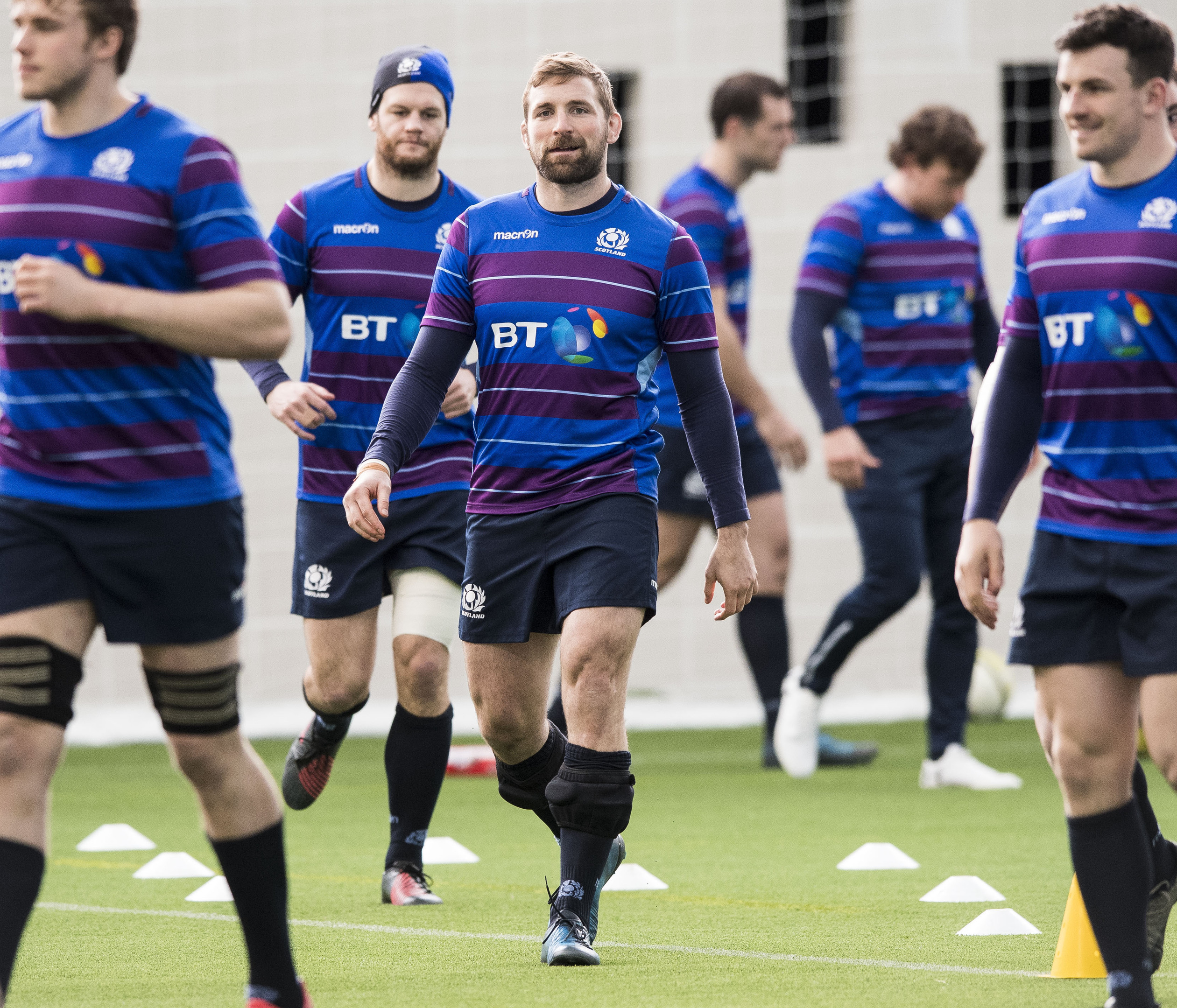John Barclay will captain Scotland from the start for the first time in his 58th cap as Vern Cotter made three enforced and two tactical changes for the third RBS 6 Nations match against Wales at BT Murrayfield on Saturday.
The 30-year-old back rower, a former pupil of Dollar Academy, succeeds the injured Greig Laidlaw. Barclay did skipper the Scots for a nine-minute spell against France after Laidlaw suffered an ankle injury before leaving the field with head and shoulder injuries himself. He previously covered in the role in 2010 against New Zealand when starting captain Mike Blair was injured.
As expected Ali Price will cover Laidlaw at scrum-half while Ryan Wilson replaces Josh Strauss at No 8 and Tim Visser returns on the left wing with Sean Maitland having suffered a rib injury playing for his club Saracens last week.
The tactical changes see John Hardie preferred to Hamish Watson at openside, but the Scots will line up with an entire back row of players comfortable at 7 to counter the Welsh trio of Sam Warburton, Justin Tipuric and Ross Moriarty.
Gordon Reid is preferred to start at loose head prop for Allan Dell, who had started five tests in succession.
Barclay’s rise to the captaincy is notable as for Cotter’s first eight games he didn’t feature in the squad, and then while called up for the training squad prior to the 2015 World Cup the Scarlets and former Glasgow Warriors player didn’t make the final cut for the tournament.
He returned to squad for last year’s Six Nations and has been a fixture ever since, although as recently as the win over Ireland earlier this month he was only on the bench.
Cotter said: “John has played a vital role in our leadership group and has led by example throughout this and previous campaigns.
“It was disappointing to lose Greig however we continue to develop a system of shared leadership in this squad, which has supported this transition.
“It’ll be a proud moment for John and one which he thoroughly deserves.”
Scotland team: Stuart Hogg; Tommy Seymour, Huw Jones, Alex Dunbar, Tim Visser; Finn Russell, Ali Price; Gordon Reid, Fraser Brown, Zander Fagerson; Richie Gray, Jonny Gray; John Barclay (acpt), John Hardie, Ryan Wilson.
Replacements: Ross Ford, Allan Dell, Simon Berghan, Tim Swinson, Hamish Watson, Henry Pyrgos, Duncan Weir, Mark Bennett.
